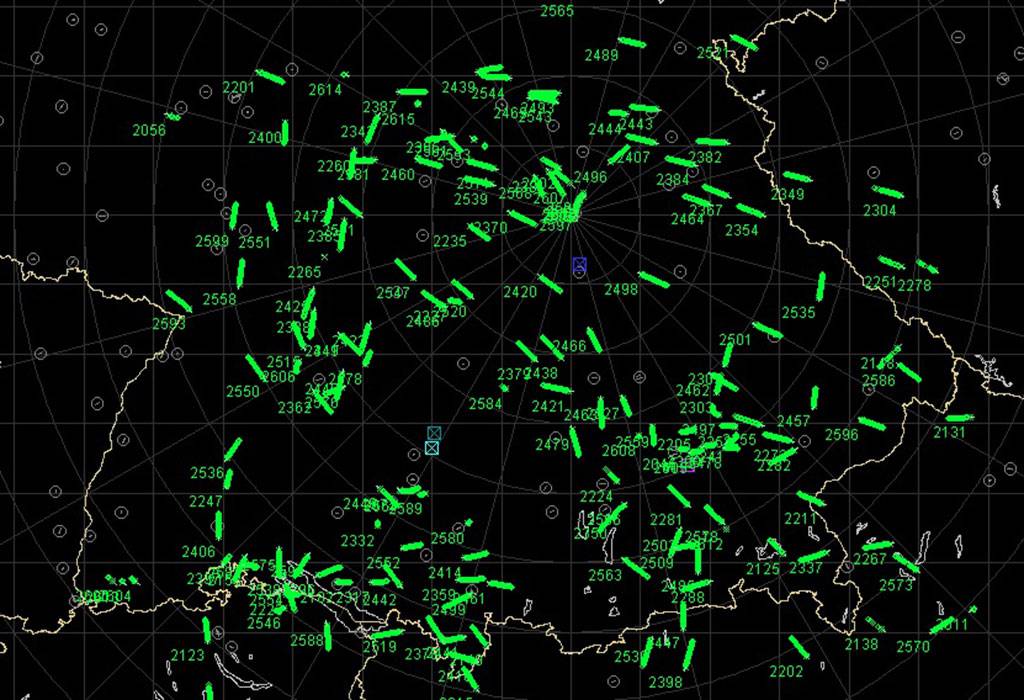Silentium Defence announced its first Space Situational Awareness radar station is now operational.
Silentium builds passive radar systems: systems that don't have a transmitter of their own, but rely on radar signals broadcast elsewhere. Unlike bistatic radar, those radar sources don't have to be linked to the receiver.
They're offering this system both for space surveillance and for defence purposes, where it would be a gamechanger - finally there's a way to run a radar system without having to worry about ARMs.
The Oculus Observatory is a new kind of observatory that will deliver the widest field of view and most cost-effective monitoring of objects in orbit anywhere in the world.
Located in South Australia’s Mid-Murray region, the Oculus Observatory is the first in the company’s planned network of wide-field-of-view observatories set to be deployed around the world.
Based off Silentium’s unique radar technology, the observatory’s sensors use Megawatts of transmitted power from pre-existing transmitters, meaning these surveillance radars can be built and commissioned rapidly worldwide in a more cost-effective manner than ever before.
CEO of Silentium Defence, Dr James Palmer, said this generation of space observatory will offer high quality data for more informed decision making, traffic management and collision avoidance in space.
“Unlike traditional space surveillance technologies that provide a narrow view of debris and objects in orbit, the sensors at our observatory provide coverage of an area the size of South Australia,” Dr Palmer said.
“For customers, this means we will detect and track objects they expect to see, like satellites and catalogued debris, as well as new and unknown objects that may pose a threat to critical services or assets in space.
Silentium builds passive radar systems: systems that don't have a transmitter of their own, but rely on radar signals broadcast elsewhere. Unlike bistatic radar, those radar sources don't have to be linked to the receiver.
They're offering this system both for space surveillance and for defence purposes, where it would be a gamechanger - finally there's a way to run a radar system without having to worry about ARMs.


